"Welcome to Beijing, we will show you a brand new place...." Welcome to Beijing was the theme song for the 100-day countdown celebration to the 2008 Beijing Olympics. To this day, whenever its melody plays, we are transported back to that exhilarating summer in Beijing. Let's walk and sing, visiting these Olympic landmarks in Beijing, and relive the unforgettable summer of 2008!
Beijing Olympic Forest Park
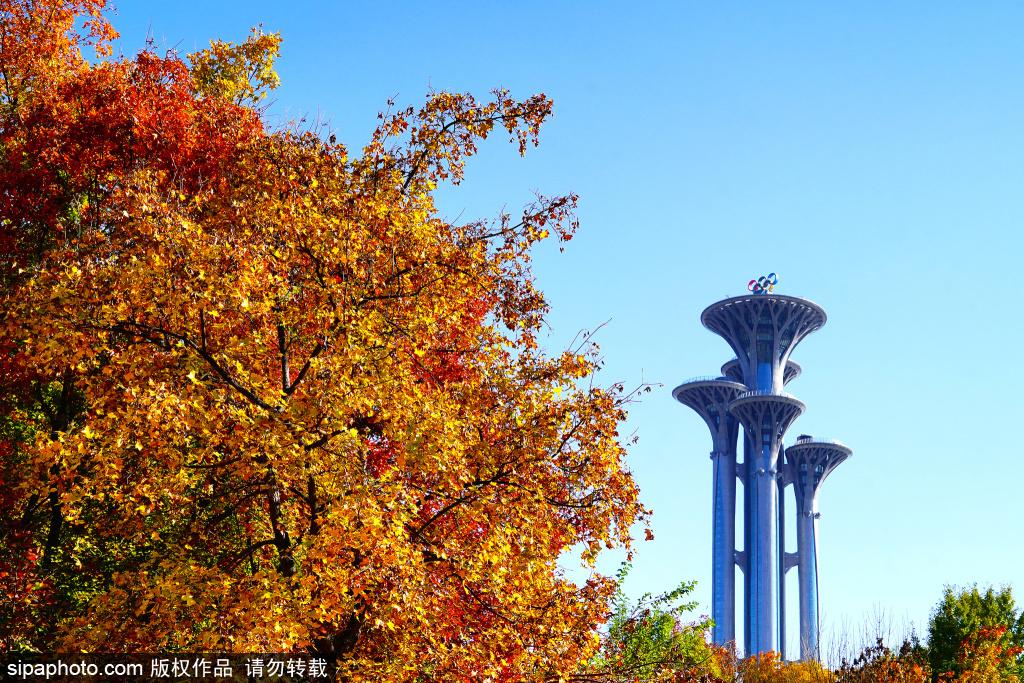
The Olympic Forest Park is located at the northernmost end of Beijing's central axis extension and is the largest urban green space in Asia, covering approximately 680 hectares. It was officially completed in July 2008. The park is divided into two parts by the Bei 5 Huan Lu(N.3rd Ring Rd), with an ecological bridge full of plants crossing the road in the middle, connecting the northern and southern sections. This park is undoubtedly the "green lung" of Beijing's urban area.
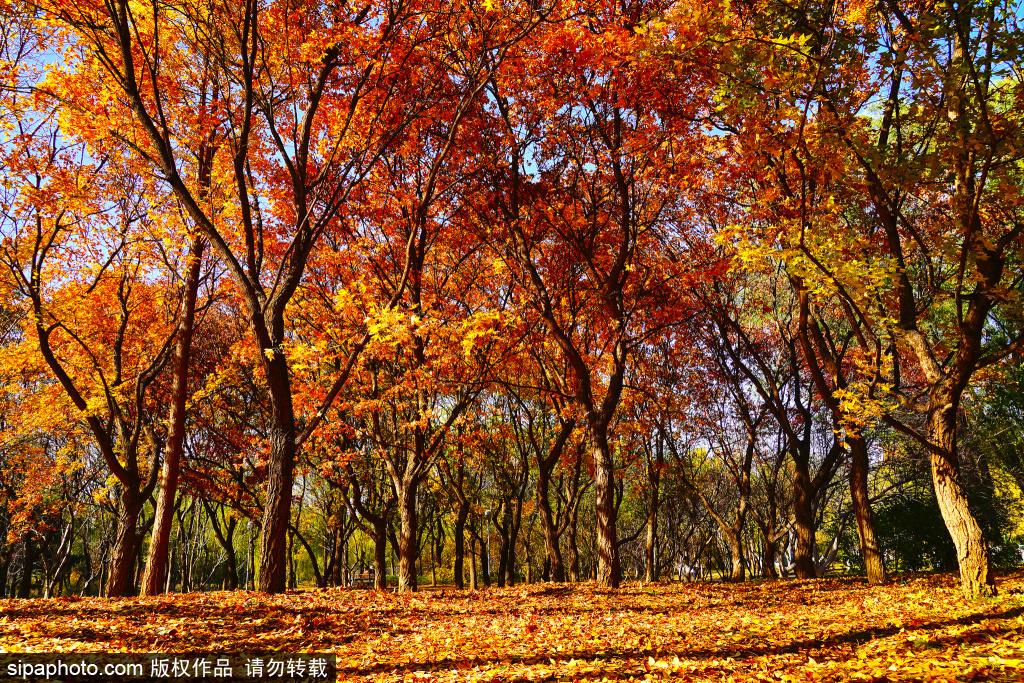
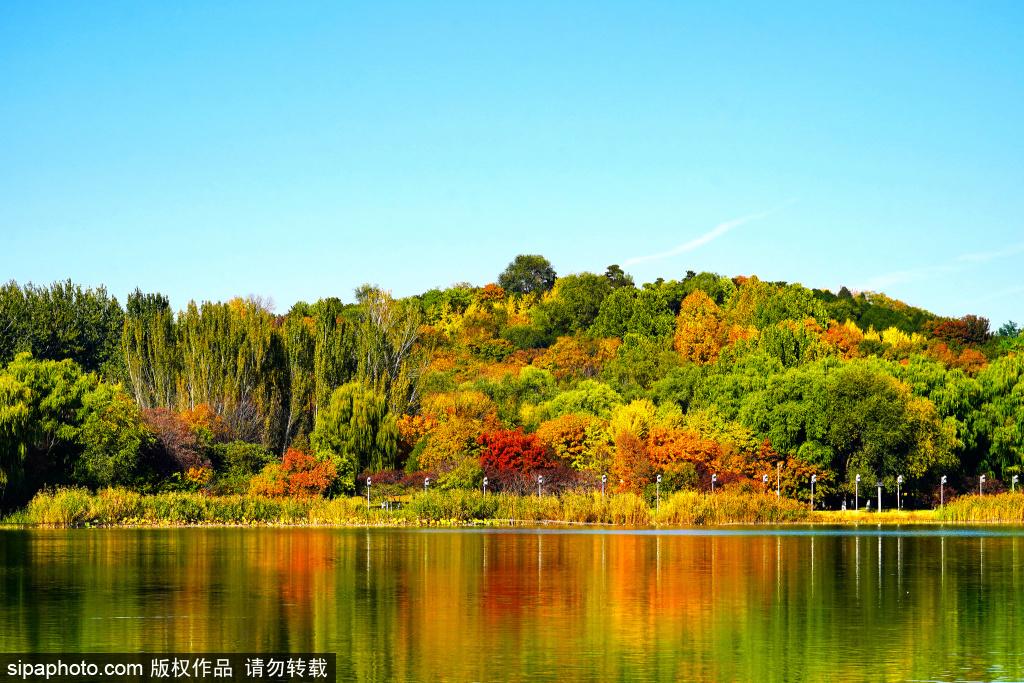
The most famous landmarks in the Olympic Forest Park are "Yangshan" and "Aohai." "Yangshan" is the park's highest peak, echoing the name of "Jingshan" on Beijing's central axis. The park's main lake is called "Aohai." The name "Aohai" serves a dual purpose: first, it follows the tradition in Beijing's place names where lakes are often referred to as "hai" (meaning "sea"); second, it incorporates the word "Ao" from "Olympic," symbolizing both mystery and the vastness of the Olympic spirit, as well as the grandeur of the Olympic "sea."
National Stadium (Bird's Nest)
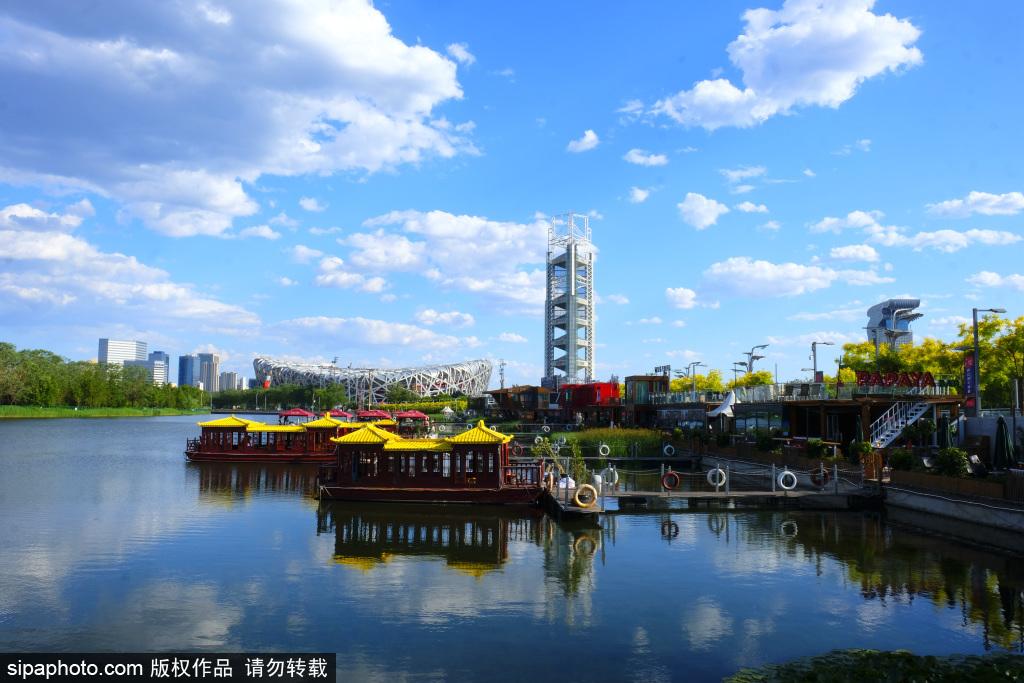
The National Stadium, also known as the "Bird's Nest," was the main venue for the 2008 Beijing Olympics and served as the opening and closing ceremony venue for both the 2022 Beijing Winter Olympics and the Winter Paralympics. It is also the world's first venue to host both Summer and Winter Olympic opening and closing ceremonies.
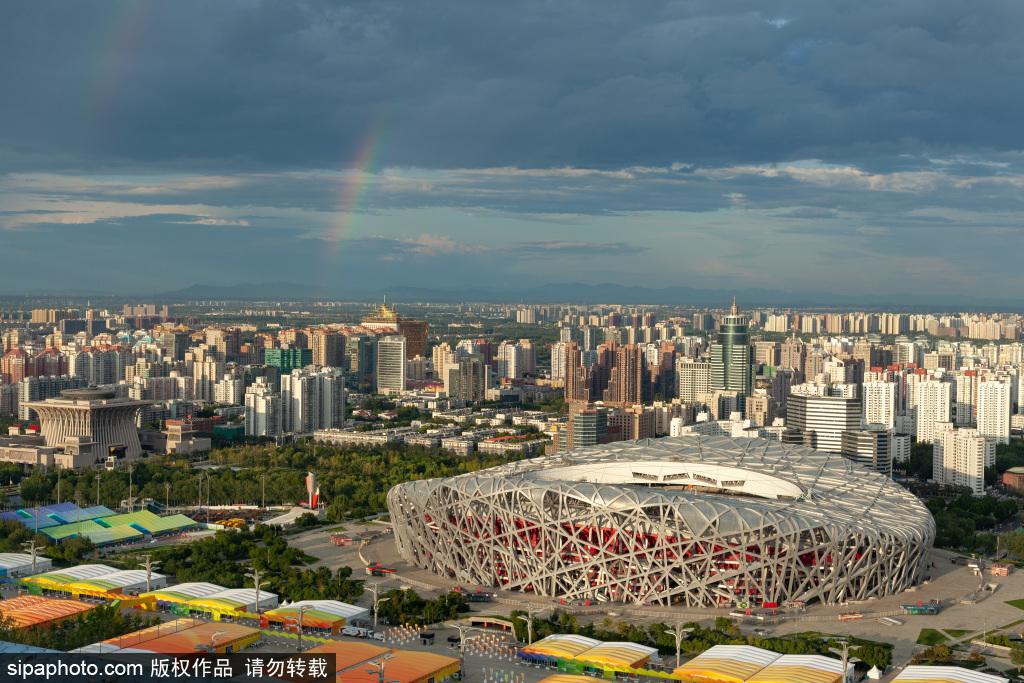
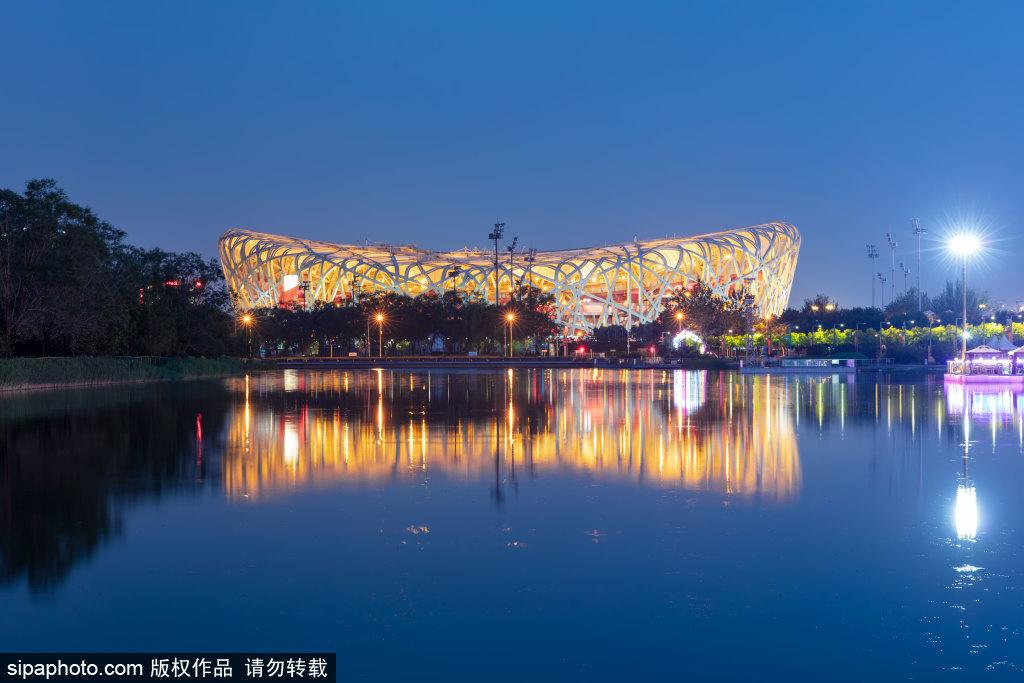
The main structure of the National Stadium is formed by a series of steel trusses that encircle a bowl-shaped seating area, creating the "Bird's Nest" appearance. Its innovative spatial design integrates architecture and structure seamlessly, offering a unique, aesthetic, and striking visual impact. The stadium beautifully embodies the harmony of nature, showcasing both artistic elegance and powerful visual appeal.
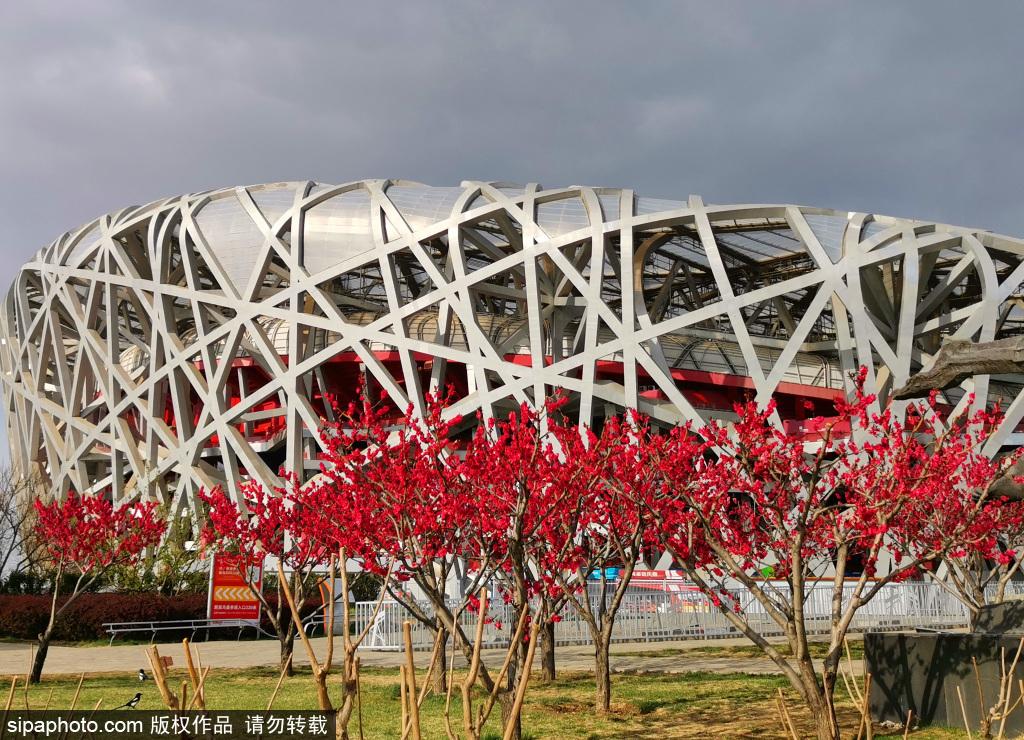
The stunning "Bird's Nest" features a design where the eastern and western ends are higher, while the northern and southern ends are lower. As a result, when viewed or photographed from different angles, the stadium presents a variety of dynamic and changing shapes, capturing the essence of its architectural beauty from every perspective.
National Aquatics center (AKA the Water Cube/Ice Cube)
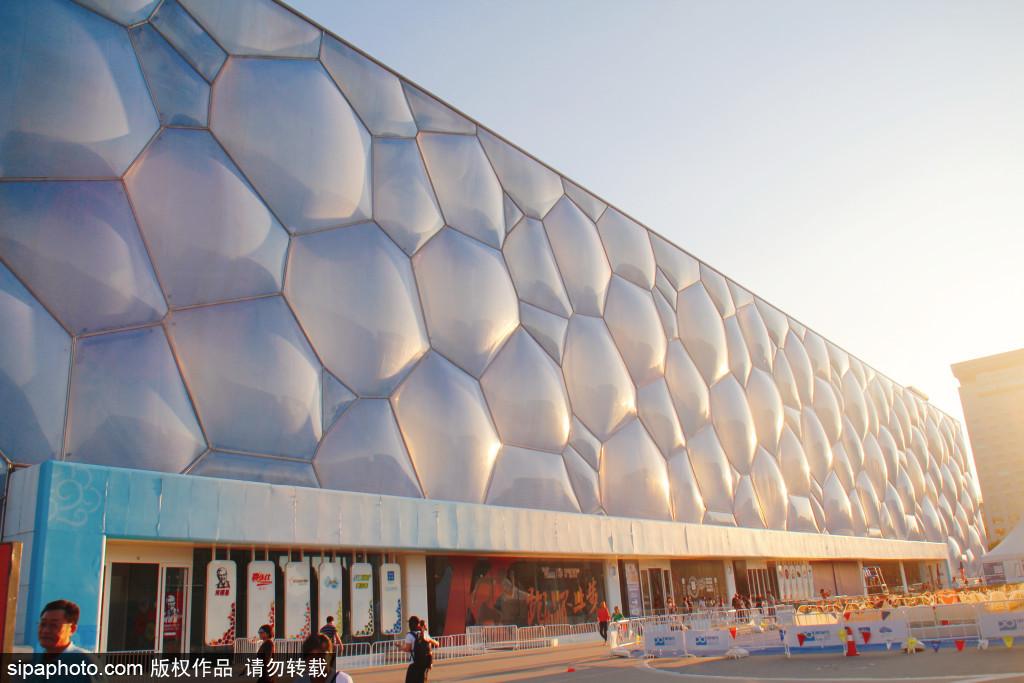
The National Aquatics Center, also known as the "Water Cube," was the venue for swimming, diving, and synchronized swimming events during the 2008 Beijing Olympics. Through a remarkable "water-ice transformation," it became the iconic "Ice Cube" for the 2022 Beijing Winter Olympics, hosting the curling events. This transformation turned the Water Cube into a symbol of innovative design and versatile functionality.
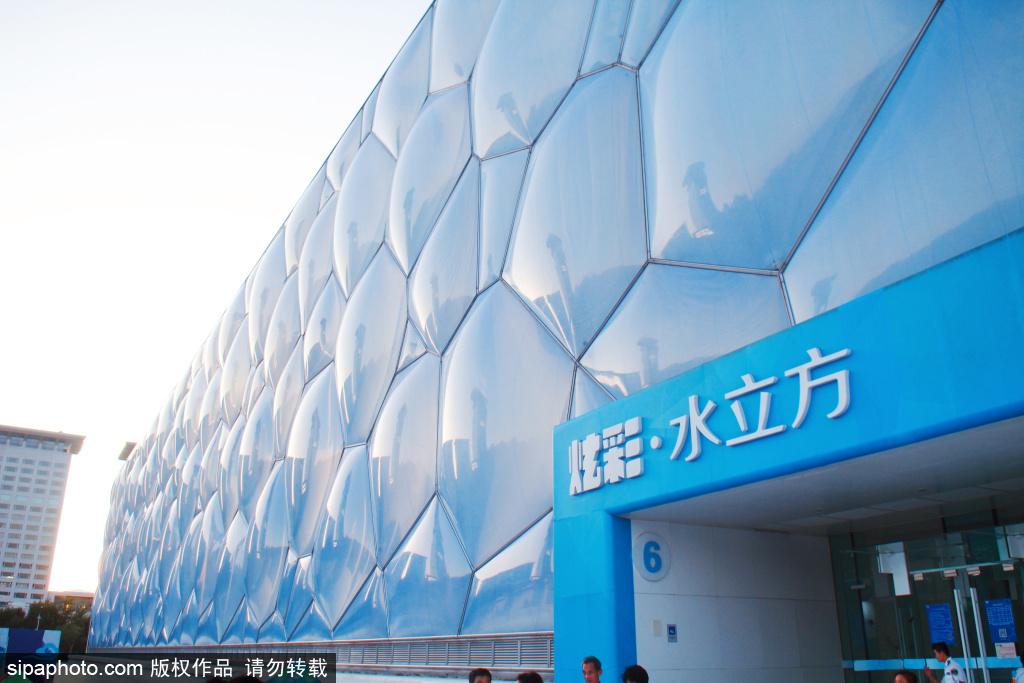
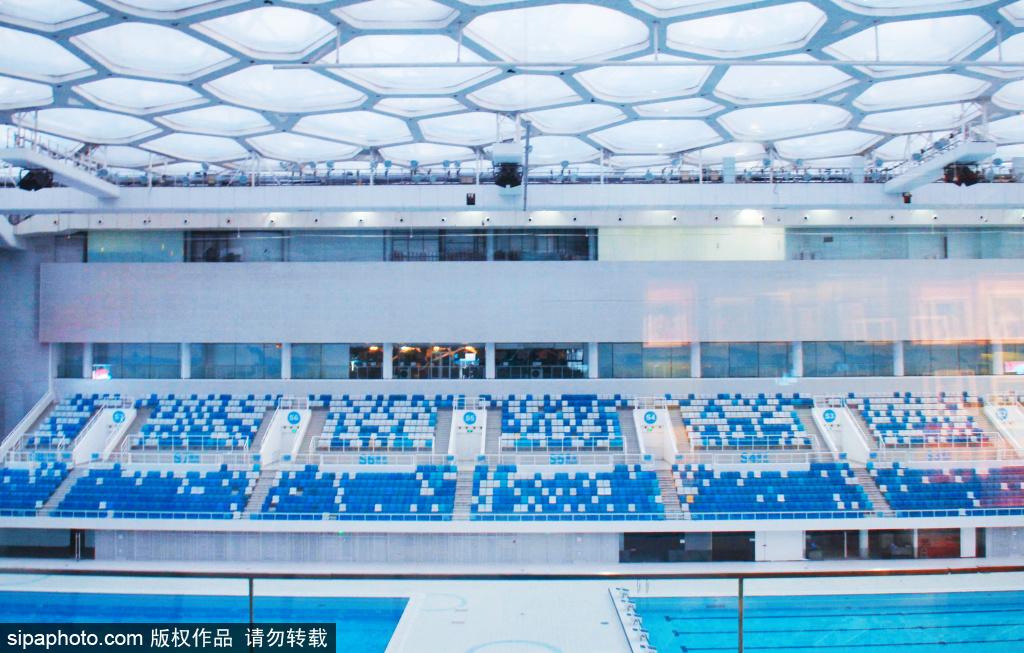
The Ice Cube Ice Sports Center is located 11 meters below the South Plaza of the National Aquatics Center. The venue features a standard 1,830-square-meter ice rink and a curling area with four standard 45-meter by 5-meter curling lanes. The total operational area of the center is 8,000 square meters.
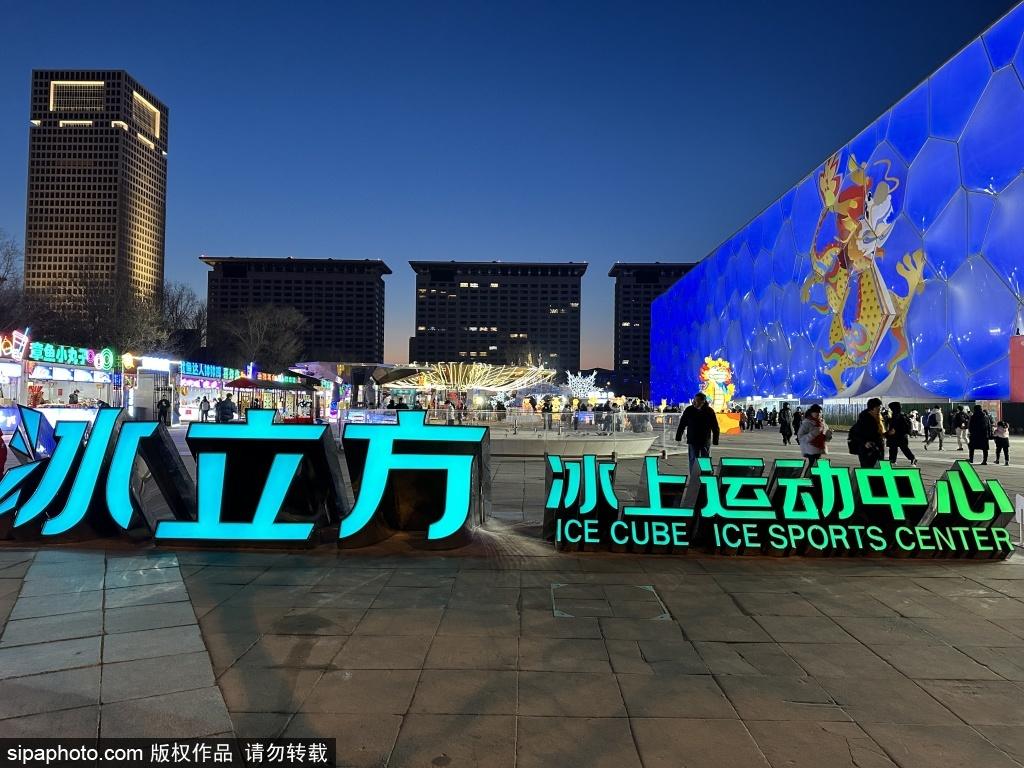
The Ice Cube Ice Sports Center integrates various functions, including competitions, entertainment, fitness, training, tours, performances, and the promotion of Olympic culture. It aims to create a comprehensive platform for ice sports, serving the public and providing a wide range of services for enthusiasts and visitors alike.
National Indoor Stadium (AKA the Fan)
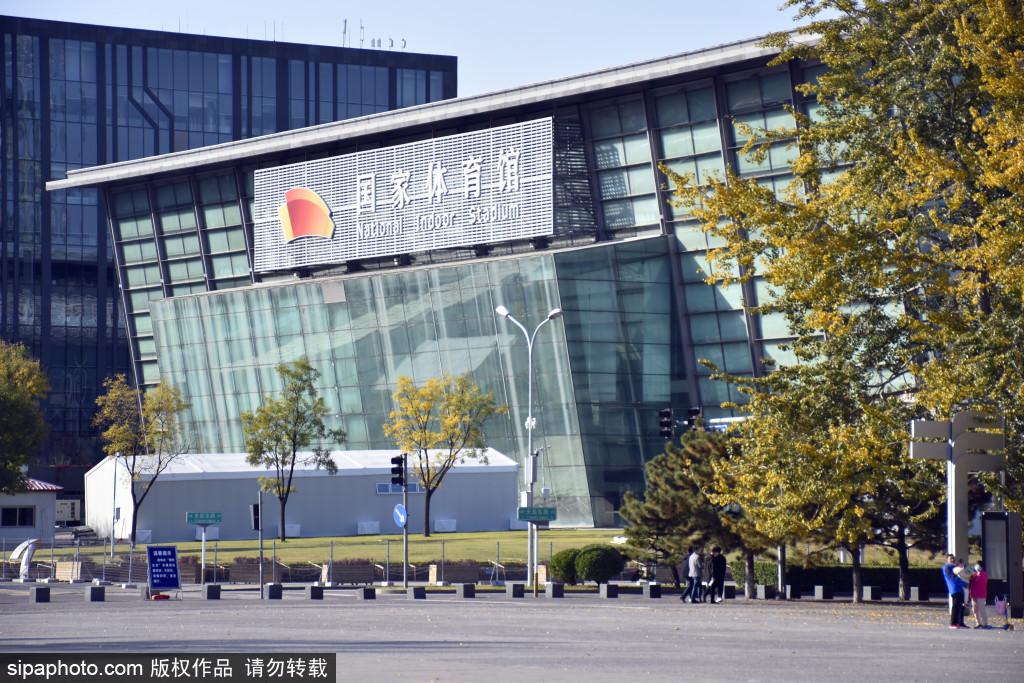
The National Indoor Stadium, one of the three main venues for the 2008 Beijing Olympics, draws its design inspiration from the traditional Chinese "unfolding fan." It features the largest bidirectional steel cable-net roof structure system in China, with a wave-like design flowing from south to north, giving the roof a lightweight and dynamic appearance. During the 2022 Beijing Winter Olympics, the National Indoor Stadium hosted all men's ice hockey games, select women's ice hockey finals, and some ice sledge hockey events for the Winter Paralympics.
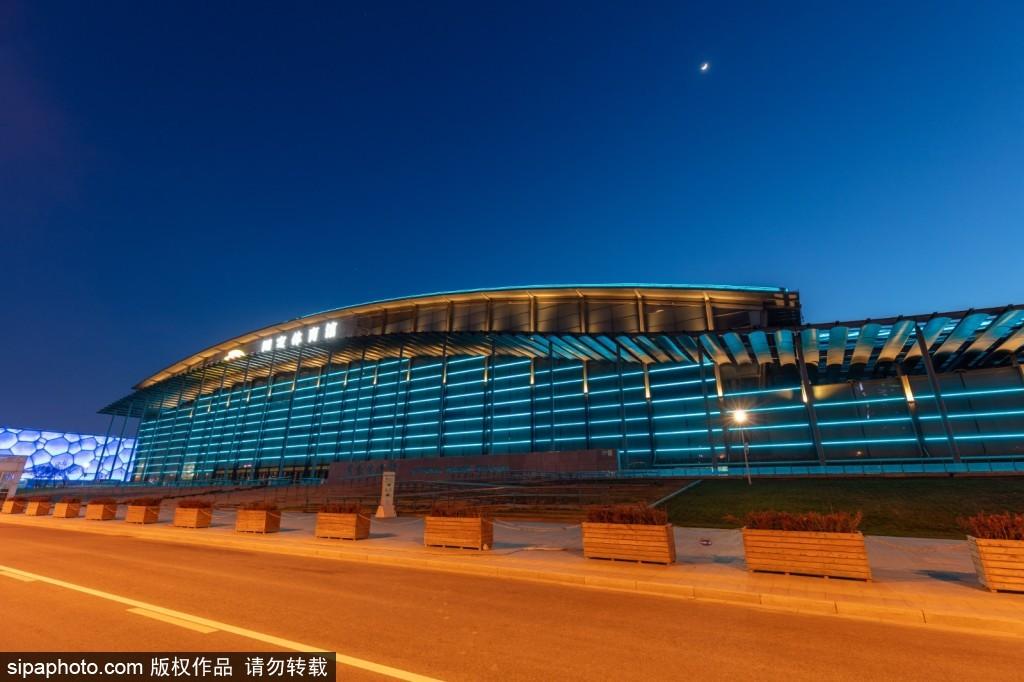
In addition to hosting public and youth ice and snow activities, the National Indoor Stadium features six key spaces: the Boundless Innovation Center, the Global Ice Hockey Hub, the Cultural and Entertainment Innovation Corridor, the Modern Consumption Corridor, the Children's Sports and Culture Center, and the Beautiful Plaza. These spaces integrate the ice and snow industry with culture, tourism, and technology, creating a multifunctional venue that blends sports with diverse experiences.
Capital Indoor Stadium
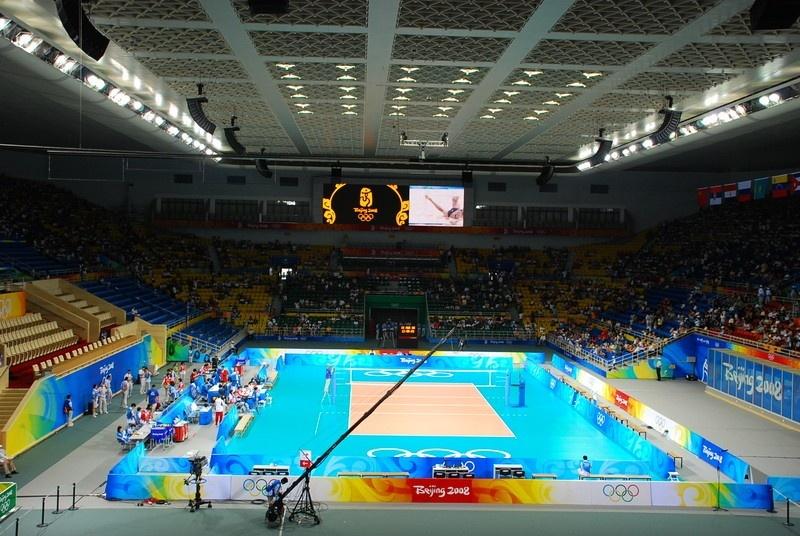
Completed in 1968, the Capital Indoor Stadium is one of Beijing's top ten historical architectural landmarks. It hosted volleyball events during the 2008 Beijing Olympics and served as the venue for short track speed skating and figure skating events during the 2022 Beijing Winter Olympics.
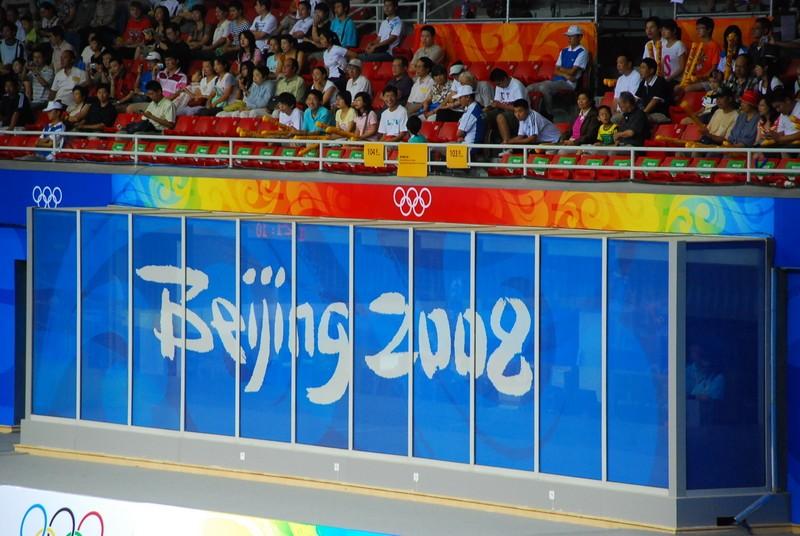
In 2018, the Capital Indoor Stadium underwent a renovation plan to serve as a venue for ice events at the 2022 Beijing Winter Olympics. Guided by the principle of "restoring the old as it was," the renovation prioritized preservation, maintaining the stadium's historical and artistic value.
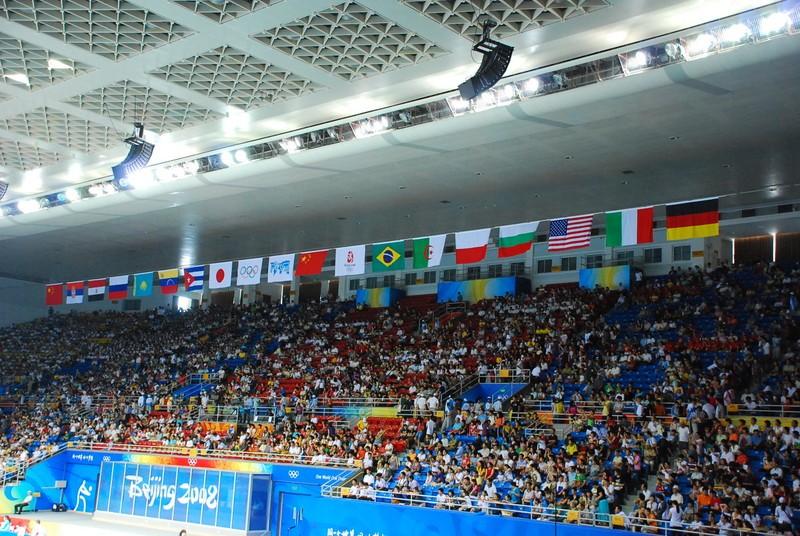
Following its renovation, the Capital Indoor Stadium evolved from a single-purpose sports venue into a comprehensive venue cluster. The entire complex now includes one competition venue, three training venues, and two supporting facilities, comprising six buildings and five ice surfaces in total.
Shunyi Olympic Rowing-Canoeing Park
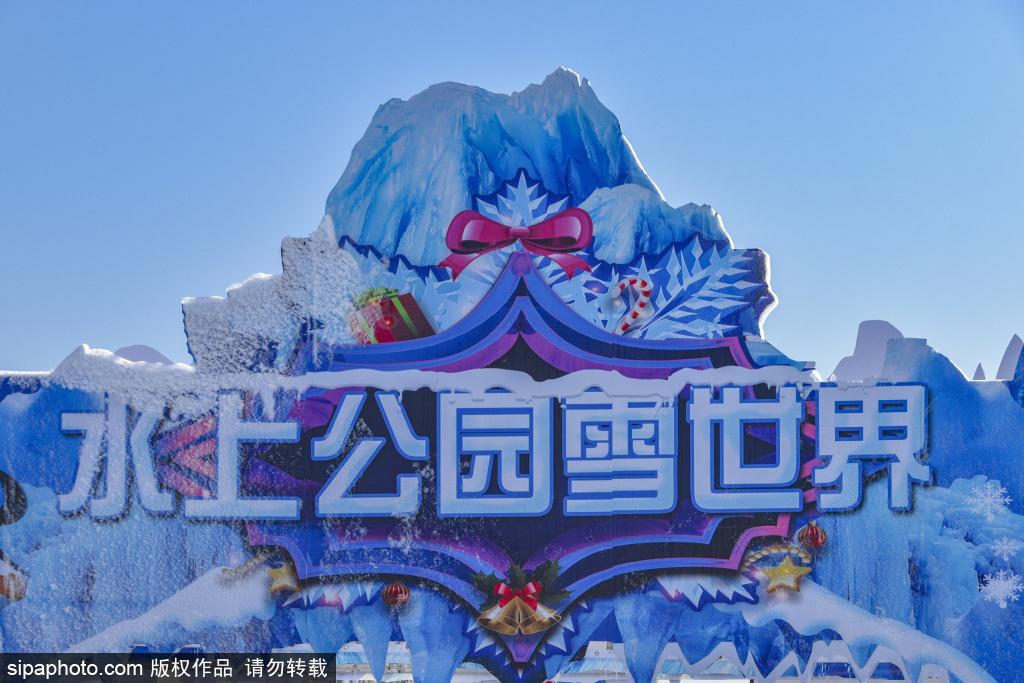
The Shunyi Olympic Rowing-Canoeing Park covers a total area of 162.59 hectares, including 63.5 hectares of water. It served as the competition venue for rowing, canoeing, marathon swimming, and Paralympic rowing events during the 2008 Beijing Olympics.
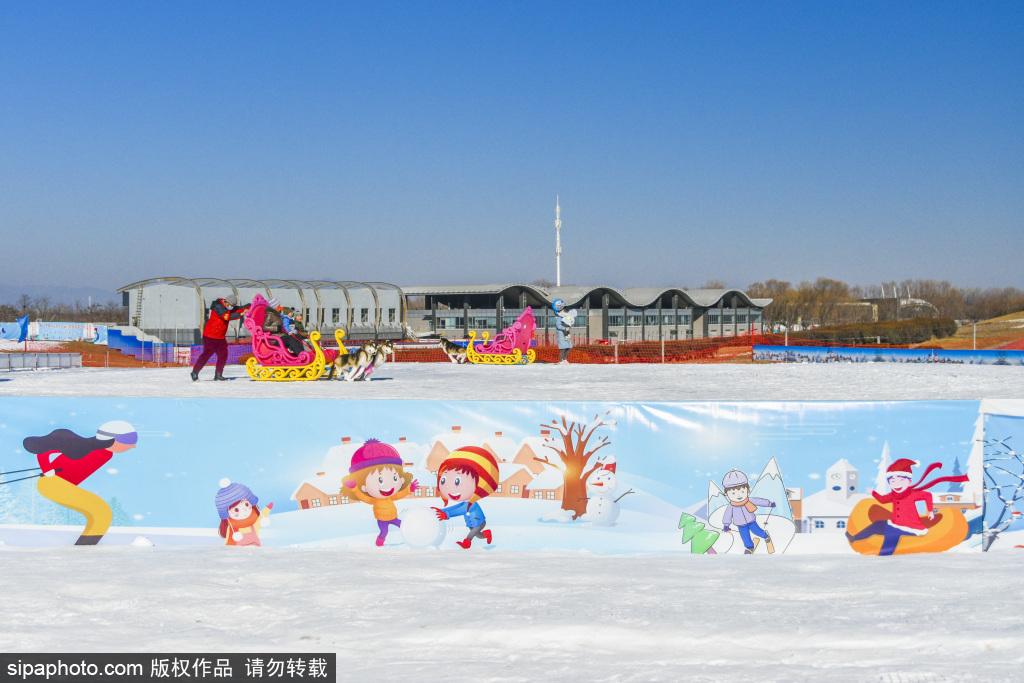
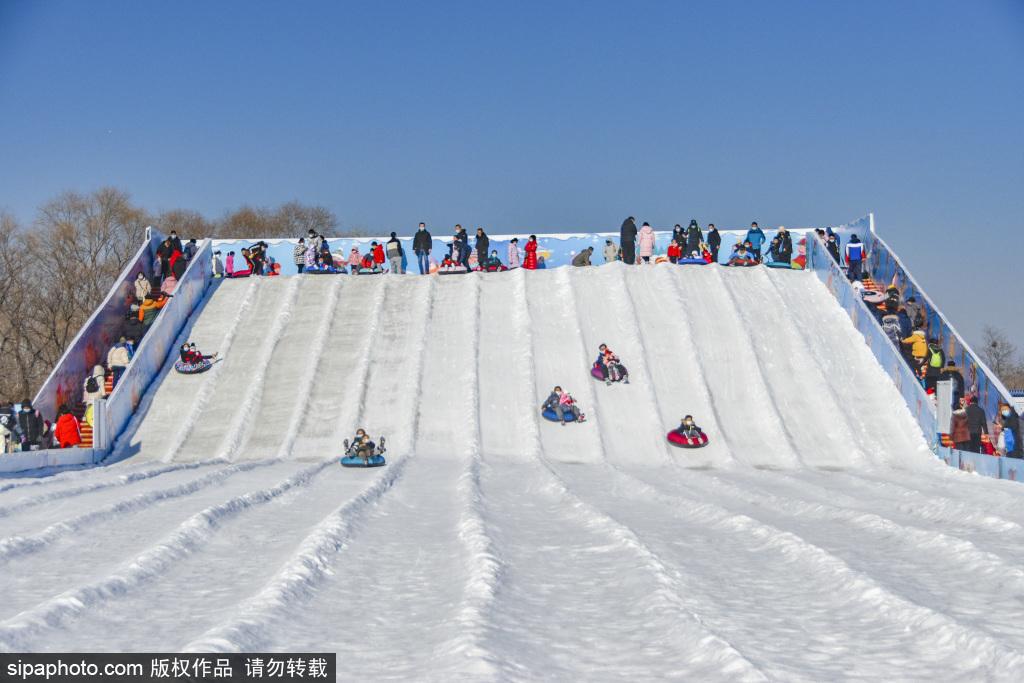
Upon entering the Beijing Olympic Rowing-Canoeing Park, a vast and open view greets visitors. The 2,272-meter-long still water course stretches like a mirror, reflecting the blue sky and clear water in perfect harmony, evoking a sense of tranquility. The park features a 5-kilometer rubber running track, football fields, basketball courts, and beach volleyball courts. It also offers a range of water activities, including rowing, sculling, canoeing, sailing, and waterskiing.
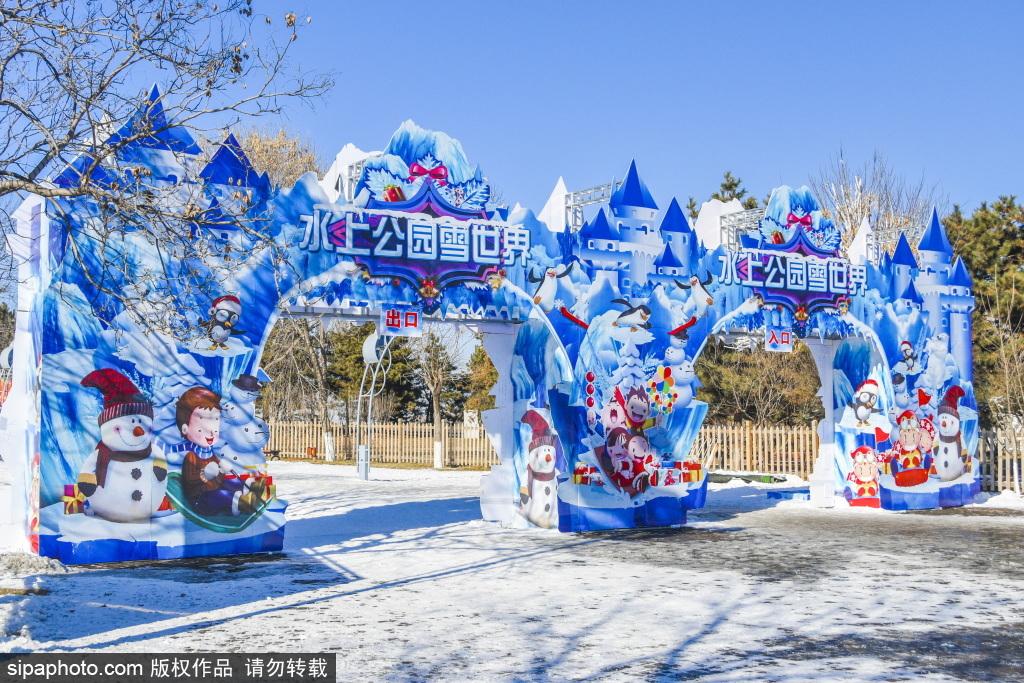
Translator: BAI Jing
Reviewer: WANG Yu



